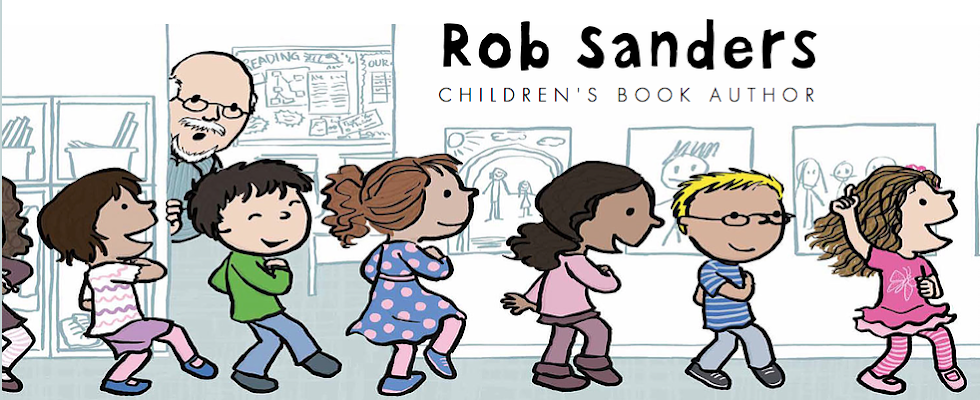Week of June 26—Reflections from SCBWI, Orlando
Tuesday, June 28—Opening Lines—According to Lisa and Alexandra
The first chapter is the last chapter in disguise.
—Richard Peck
We’ve talked about first lines before, so I was thrilled to see that the Picture Book Intensive was dealing with this subject. I had heard Lisa talk about first lines before and she always uses the comparison that first lines are like first dates. I’ll tease you with a bit of her presentation, but to really get the full impact you’ll need to attend one of her writing boot camps. Visit Lisa at http://www.lisawheelerbooks.com/LW/home.html. First lines come in many shapes and sizes. Lisa shared the examples below. 9Of course, you only use one of these idea per story.)
1. Face-to-Face Opening Line
Using the first line to introduce your character. (Remember to be creative in how you do this, not predictable.)
2. The Flirt
Giving a sneak peak at things to come by introducing the character and by setting up a problem.
3. Setting the Mood
Choose the just-right words to set the mood and tone of your story. Don’t introduce a serious subject with a bouncy, rhyming beat and don’t introduce a fun story with drab, dreary words.
4. Air of Mystery
An opening line can intrigue you, tease you, and make you want to know more.
5. Perfect Location
Opening lines can start by establishing a setting.
6. You’re So Fresh
Choose an original, different, one-of-a-kind, custom-made line as an opener . . . something no one else would think of and something unique to your story.
7. Mixed Bag
Sometimes, you can use more than one type of opening line and mix them together to form something new and different. Make sure you are creating a pedigree and not a mutt, however!
Lisa reminded us that picture books may actually have opening lines or even an opening paragraph and not just one single line. But be warned, that doesn’t give us license to be overly wordy.
Alexandra’s take on first lines is that they are not the first thing to think about. The story always has to come first. After that you establish your characters and begin to reveal the characters, plot, and action.
A huge set-up to a story is not necessary in the beginning. Don’t try to explain too many things in the opening line or lines. Set the reader in the moment rather in the steps that get the reader to the moment.
Novelists write a first chapter first (of course), but they often have to come back and rewrite the first chapter when the manuscript is completed. The entire story, its arc, its climax, its resolution, and its ending can influence how the story begins. Alexandra quoted novelist Richard Peck who said, “The first chapter is the last chapter in disguise.” She said the same is true with picture books. It may take ten attempts to get the perfect first line. But write the story first—then let the first line develop.
It’s Your Turn!
1. Throughout the weekend, almost every conference leader spoke about critique groups. You need to make sure you are an active member of a critique group. I am a member of a face-to-face group and an online group. You can check the SCBWI discussion boards for critique group openings and most SCBWI Regions have a critique group coordinator who can help hook you up with a group.

No comments:
Post a Comment